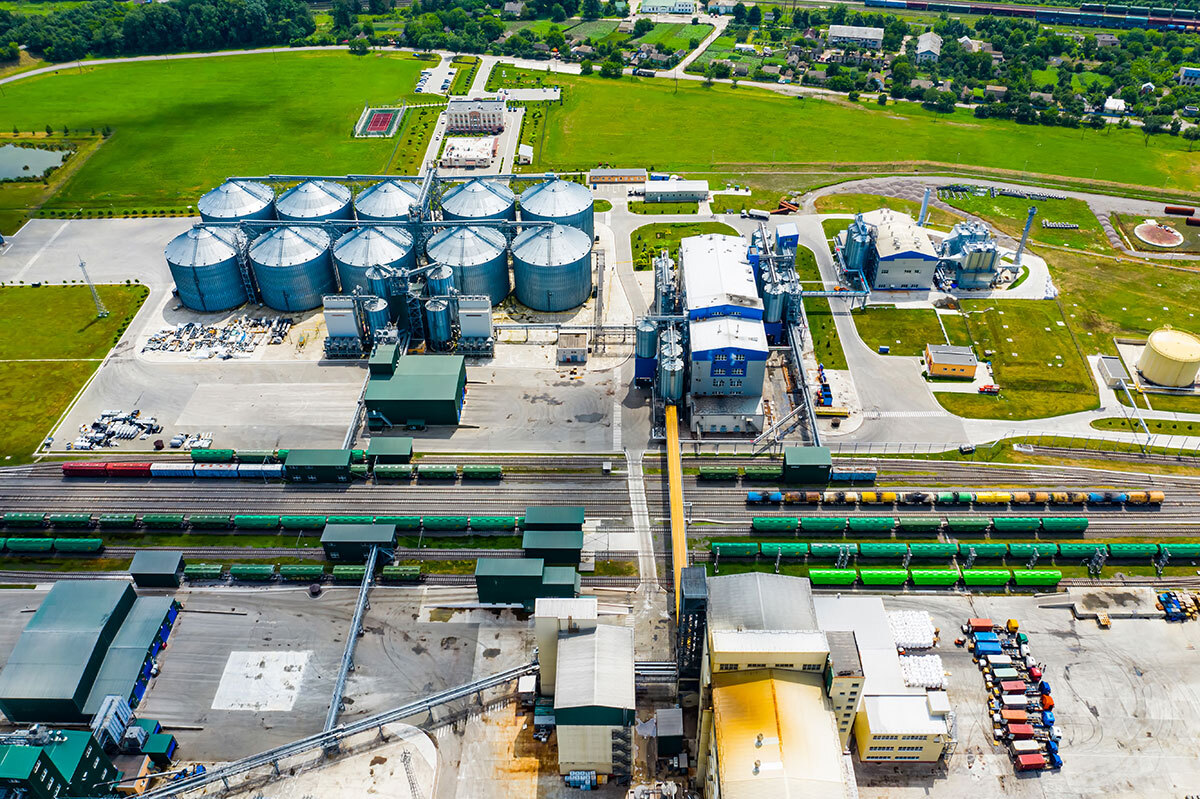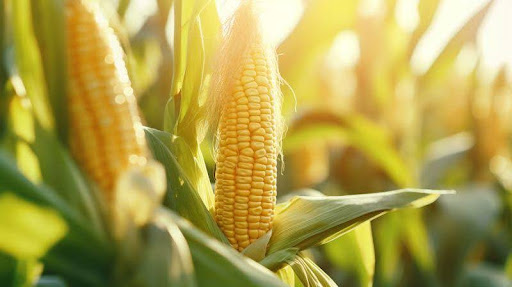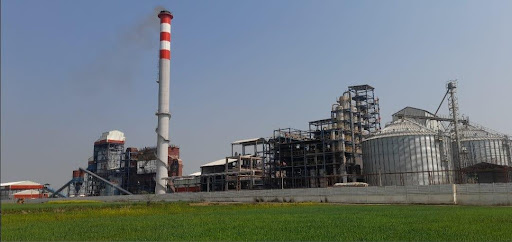
Utilization of byproducts is key to the sustainability of any industry and creation of wealth is gaining momentum from industrial waste/byproducts. Generation of biogas using anaerobic digestion is one such best innovations and has been seen as an alternate source to petroleum products. Apart from generating green fuel, the anaerobic digestion process enables considerable reduction in environmental pollution from industrial waste while providing organic fertilizer.
Sugar and distillery industry has enormous potential for biogas production from sugarcane press mud and molasses spent wash to generate additional revenues for the industry. Despite having tremendous potential, the operational and maintenance challenges of anaerobic digesters have limited the biogas production capabilities of the industry. Therefore, proper understanding of the biogas production process and the parameters to be controlled to optimize the biogas yields is need of the hour. Maintaining the optimal efficiency of the biodigesters involves continuous monitoring of certain important parameters including physiological parameters, nutrient and inhibitors etc. that impact biogas production process.
C: N: P ratio
The fundamental nutrients, carbon (C), nitrogen (N) and phosphorous (P) are vital for any microbial process and the most optimum ratio for biogas production is 100:5:1. Press mud is a carbon rich feed stock, where the C: N and C:P ratios may be more than 25:1 and 100:1, respectively. In such cases, maintaining the optimum C: N:P becomes necessary.
Organic Loading Rate
The ideal organic loading rate of anaerobic digesters for biogas production is between 2.0 and 7.0 kg/m3/day, depending on the characteristics of the feedstock and design of the digester. However, feeding the anaerobic digesters with a consistent feedstock at a constant rate is key for maintaining healthy microbial growth, without getting subjected to frequent shock loads. The organic loading rate in terms of COD kg/m3/day can be easily calculated by determining the COD value of the feed (Kg/m3), the flow rate (m3/day) and the working volume of digester (m3).
Food to Microorganism (F/M) Ratio
The ‘food’ available for microorganisms in wastewater treatment systems is represented in terms of COD or BOD. The microorganism level in the digester is generally estimated in terms of mixed liquor volatile suspended solids (MLVSS) values. Therefore, F/M ratio can be calculated from the COD and MLVSS values can calculated as the ratio of the total COD fed to the digester and the total amount of microorganisms (MLVSS) present in the digester.
A low F/M ratio indicates there are excessive microorganisms and a limited food supply. Conversely, a high F/M ratio indicates there is excessive food available compared to microorganisms. Very low or high ratio may result in death of bacteria and low COD removal efficiency, and high amounts of dispersed flocs that do not settle well in the secondary clarifier. In general, an F/M ratio of 0.2 to 0.4 is optimum, however under certain circumstances, an F/M ratio of 0.5 may be allowed for maximum digester efficiency and methane formation.
pH, Volatile Acidity and Alkalinity:
The archaea responsible for methane production are much more susceptible to adverse conditions (pH, temperature) than acid generating bacteria. The pH of digester should be between 6.8-7.5 (because most of methane generating bacteria can function in this range) and methane-forming bacteria break down lesser volatile acids outside of the optimal pH range, hence reducing the methane yield.
Recent Posts

The Role of Enzymes in Maize-to-Ethanol Fermentation
With the rising demand for renewable energy sources and sustainable fuel alternatives, ethanol production has gained significant momentum worldwide. Ethanol, also known as bioethanol, is a biofuel commonly used as a renewable alternative to fossil fuels. One of the most popular feedstocks for ethanol production is maize (corn), primarily due to its high starch content, wide availability, and suitability for large-scale production.

Challenges in Rice to Ethanol Fermentation and How to Overcome Them
Rice is one of the most important staple crops globally, particularly in Asia, where it constitutes a significant portion of daily food intake. However, rice also has tremendous potential as a feedstock for ethanol production due to its high starch content.

Uses of Enzymes in Grain to Ethanol Fermentation: A Comprehensive Guide
Ethanol production through the fermentation of various feedstocks has gained considerable attention as a renewable energy source. Among the many feedstocks, grains such as corn, wheat, rice, barley, and sorghum play a crucial role due to their high starch content, which can be effectively converted into ethanol.
Catalysts Connect
Keep up to date with our latest news and analysis by subscribing to our regular magazine and newsletter

1 Comment
Timothy
+479 days agoHi thecatalystsgroup.com webmaster, Your posts are always well-supported by facts and figures.
Post a comment
Your email address will not be published.